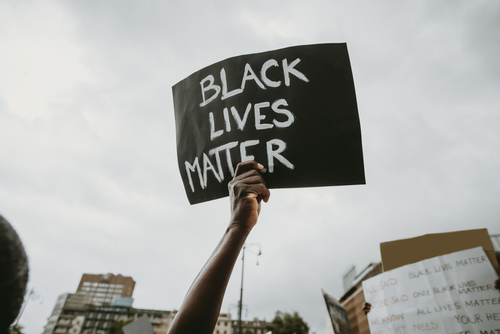A Mississippi city is being sued for failing to inform residents in a majority-Black neighborhood that their homes could be affected by a new redevelopment plan.
In a new lawsuit filed Thursday in the U.S. Southern District of Mississippi, four residents and leaders of a local Baptist church argued that the city of Ocean Springs’s “urban renewal” proposal targets them.
In April, the officials of Ocean Springs decided to move forth with a redevelopment plan that is being perpetrated as an “urban renewal project” for economic development. The city is claiming that the project is constitutional under a Mississippi statute from 1972, claiming that they can put a stop to the “development or spread of slums and blight.”
By declaring parts of the city blighted, the homes could be considered to be part of eminent domain, allowing the officials to strip the titles of the homes and the Baptist from private to public.
While Mayor Kenny Holloway said that the residents had the chance to retract their properties from being part of the plan, the residents argued in the lawsuit that they were not informed about the 10-day span that they had to challenge the move. Through the lawsuit, the residents are claiming that their rights were not given to them and that the statute is unconstitutional.
“The government cannot take away life, liberty, or property without a fair and open process,” said the attorney from the Institute for Justice firm representing the residents, Suranjan Sen, per a public release. “We want to stop what is happening in Ocean Springs, and also ensure that no city in Mississippi can treat property owners like this in the future.”
The use of eminent domain has historically been used to displace thousands of Black Americans from their homes with practices dating back to World War II.
Vietnam Veteran, and Ward 2 resident Edward Williams, is one of the plaintiffs in the federal lawsuit against the city of Ocean Springs. Williams—who bought his house while still serving in the military—and other residents say they were unaware of the city’s Urban Renewal Plan. https://t.co/HSzL6Axmuq pic.twitter.com/B3DtN5eP9E
— Leo Carney (@chefcarney) October 13, 2023
According to a recent study, between the span of 1949 and 1973, about 2,532 eminent domain projects across 992 cities moved one million people from their homes; of these one million victims, two-thirds were Black Americans.
Although there have been a variety of eminent domain abuses, perhaps the most well-known case of eminent domain displacing Black Americans was due to the creation of Central Park. In 1825, Andrew Williams, a 25-year-old Black American shoeshiner, bought the first three lots of what would become Seneca Village for $125. The neighborhood became a thriving community for Black Americans, growing from what is now West 82nd to expand to what is now West 89th.
Providing a space free of discrimination and crowded, unhealthy conditions of the city, Seneca Village became a place where approximately half of the residents owned their homes, giving them the right to vote by fulfilling the New York State law requirement of owning at least $250 in property.
Once the city began planning for the creation of Central Park in the early 1850s, Seneca Village was sacrificed with the officials taking the land through eminent domain.
By the end of 1857, all Seneca Village residents were forced to leave their homes with 1,600 residents becoming displaced from the neighborhood.
Although the families of the Seneca Village residents still have yet to get justice, there has been an increased movement to return land to BIPOC communities that have been displaced.
Earlier this year, California announced reparations for Black American families in their cities.
San Francisco specifically announced a proposal to give $5 million in reparations for those affected by housing policies.








